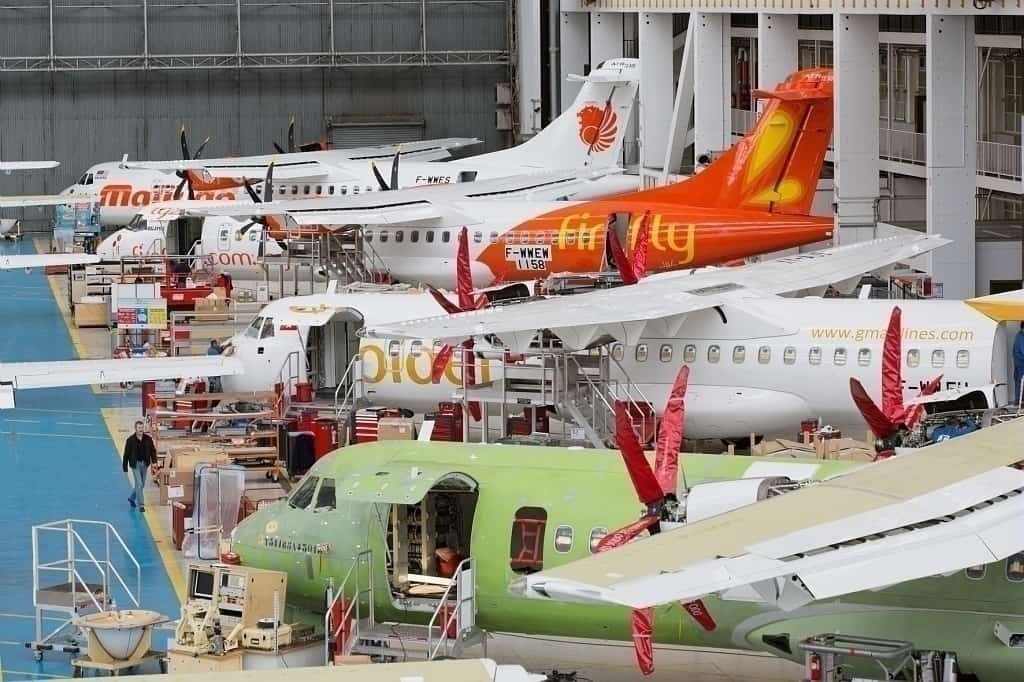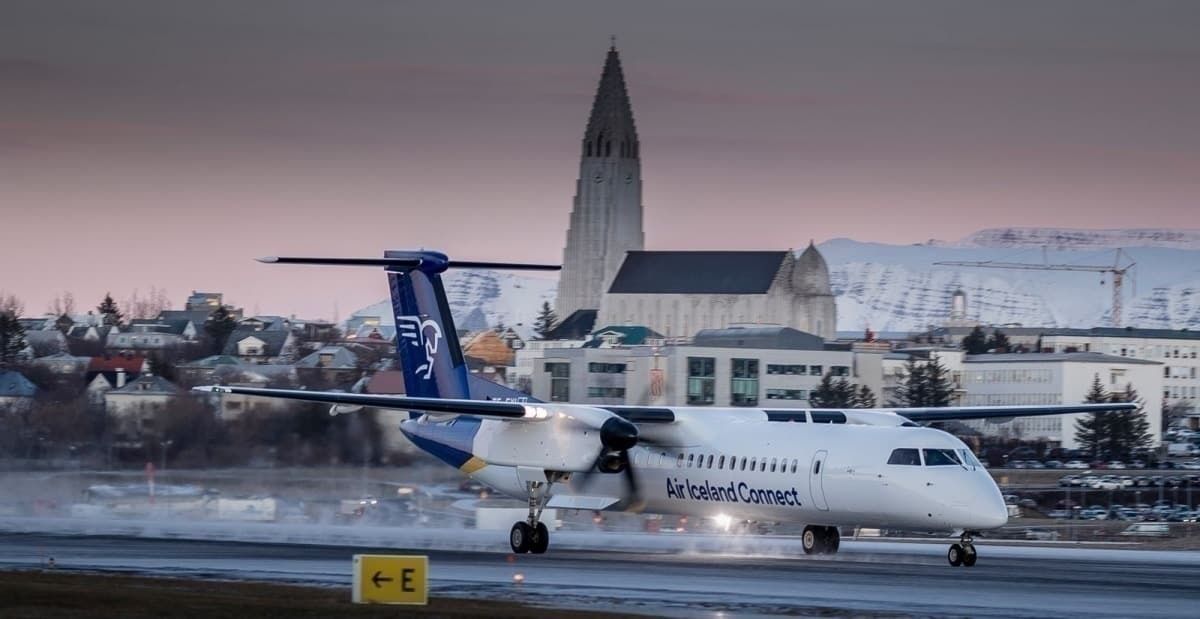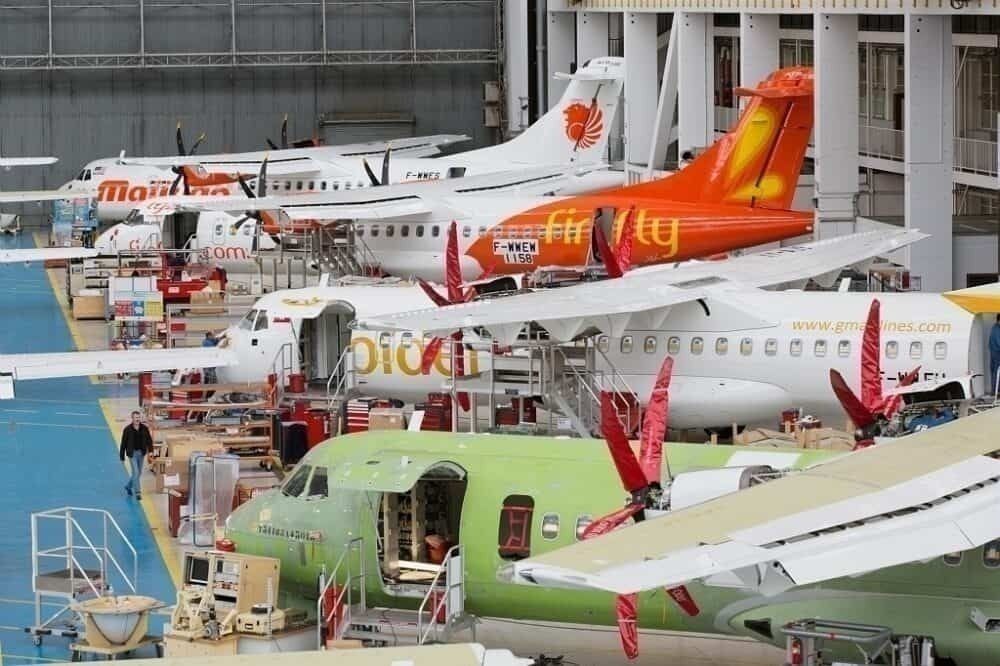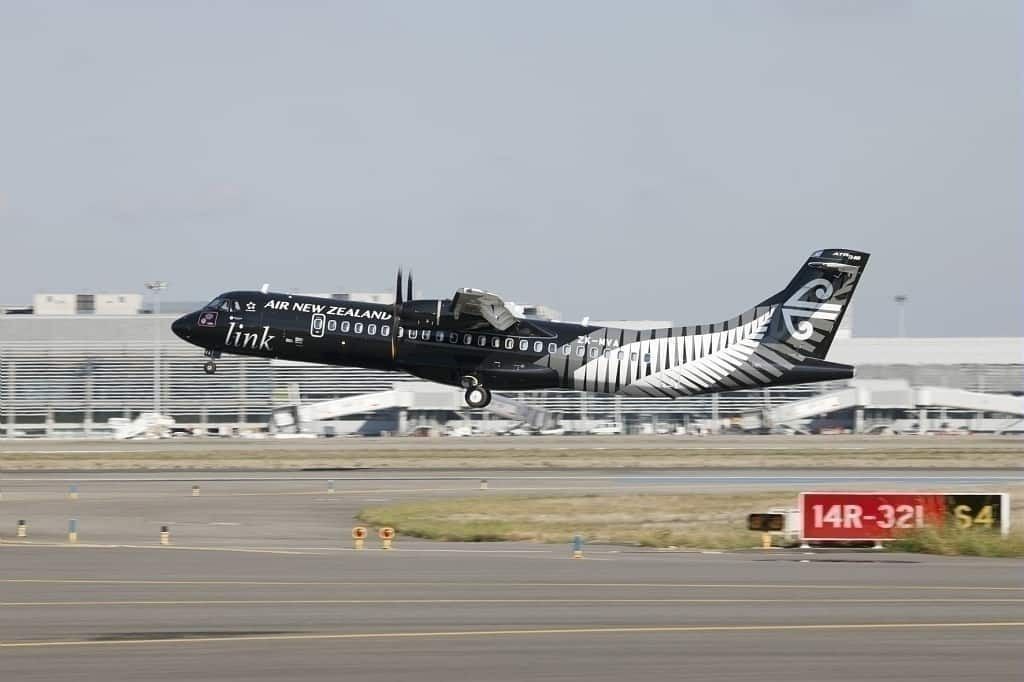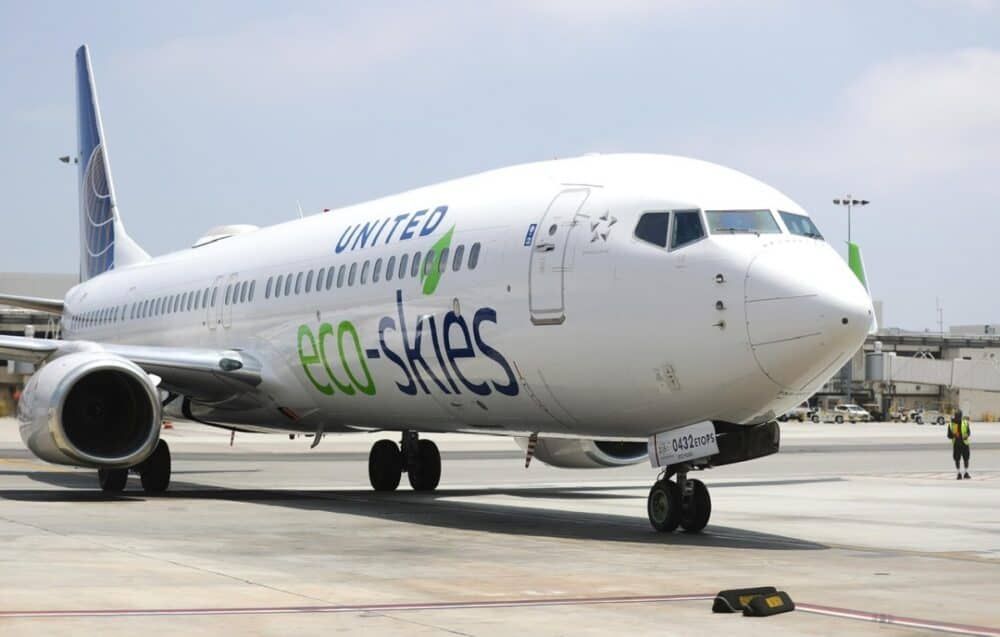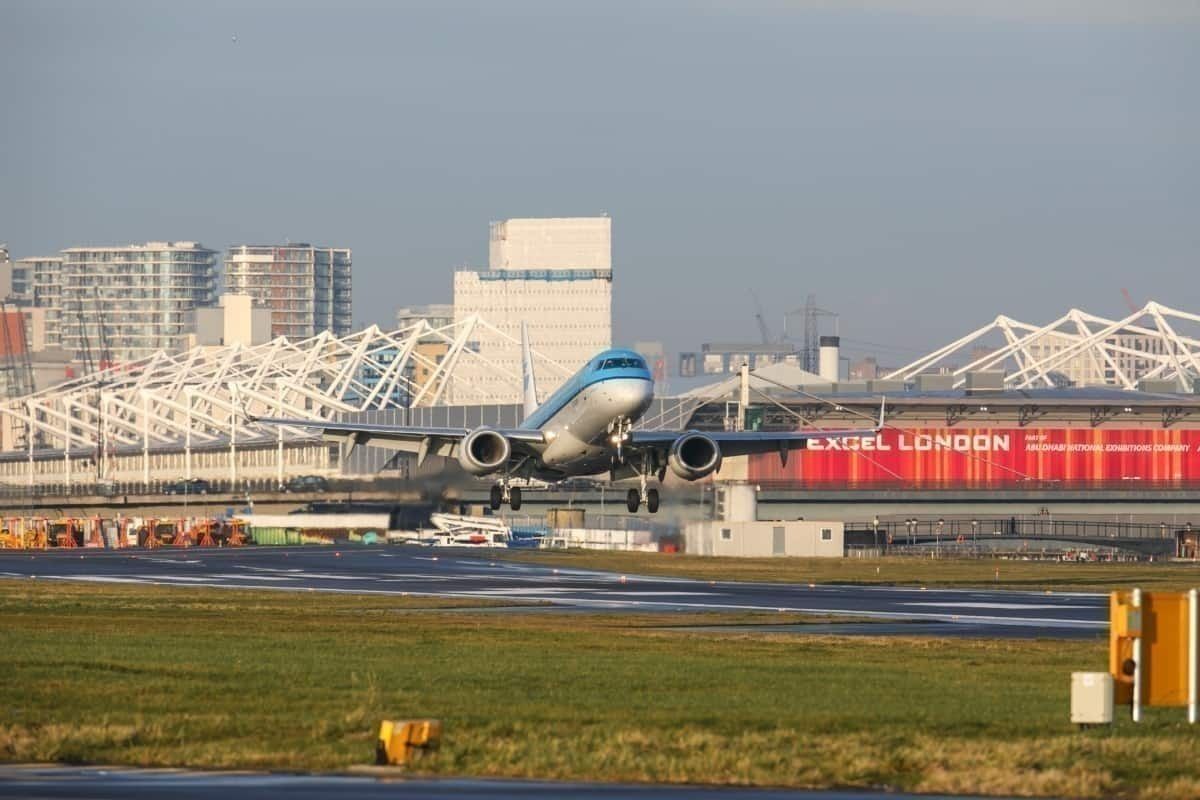It is of no surprise that most of us have at least once in our lifetime flown on a narrowbody aircraft. These types of small aircraft are usually the preferred equipment on short-haul routes. With smaller capacity and greater fuel efficiency, airlines can take full advantage of shorter turn around times and operate a given route with multiple frequencies. However, are turboprops or jets better for these shorter flights?
Primarily two types
By definition, a narrowbody aircraft is a single-aisle airliner permitting up to 6-abreast seating. However, a narrowbody aircraft can be of several types. A regional jet that carries less than 100 passengers, as well as a B757 that carries 295 passengers, are both a type of narrowbody aircraft.
Based on physical appearance, narrowbody aircraft are usually one of two types; Turboprop and Jet. A turboprop aircraft is pretty much similar to a jet aircraft in mechanical terms. The only significant difference is the engine and, in some cases, the position of wing. Jets have turbine engines encased with fan blades while turboprops have a propeller on the outside. These are much different than aircraft with piston engines, which also have propellers, but are much different mechanically.
Although jet aircraft is a more popular choice for airlines, turboprops have recently witnessed an increase in the number of orders. Technological advancements and better aircraft design in recent times have made turboprops a suitable choice of equipment for very short to short-haul sectors.
In order to decide which aircraft is best suited for short-haul flights, let us look into the advantages and disadvantages of both types.
Turboprops
Advantages
- Ability to land and take off from non-concrete and short runways: Turboprops are the most suitable aircraft if you want to fly to hard to reach airports. They have the capability of landing on grass fields and gravel runways. Moreover, a turboprop like an ATR 72-600 can easily take off and land at any runway under the length of 5000 feet. On the other hand, a typical jet aircraft like B737 requires at least 9000 feet to be able to take off at maximum weight.
- More efficient for short distances: For any given short route, specifically the ones in which an aircraft is incapable of reaching higher altitudes, turboprops are much more efficient than jets. The primary reason behind this is the higher power-to-weight ratio at times of take-off and landing. Turboprops are, in general, much lighter than jets and more fuel-efficient at lower altitudes.
Disadvantages
- Slower aircraft: Turboprops, in general, have a lower cruising speed as compared to jets. For short to medium routes, this feature makes a turboprop aircraft inefficient and uneconomical. The problem is that the cost savings from a fuel-efficient turboprop are overshadowed by an equal amount of costs that the aircraft incurs by operating for a longer time. Moreover, a jet aircraft will be more economical in such a sector as it will carry more passengers and arrive earlier.
- Unsuitable for bad weather: Since a turboprop aircraft flies at a much lower altitude, it is not able to avoid inclement weather and turbulent conditions. This might force the airline to cancel its flights and incur severe losses.
- Only for regional flights: A turboprop can, on average, fly between 1000-1300 miles, making it a very unsuitable aircraft for longer distances.
Jet aircraft
Advantages
- Capable of a smooth flight at higher altitudes: An average jet aircraft can reach heights up to 41,000 feet. At the same time, any given jet is much heavier than a turboprop. These features make it more capable of avoiding bad weather and flying safely through turbulent regions.
- Quieter: Flying on a turboprop aircraft can be very irritating and uncomfortable. a jet aircraft, on the other hand, is much quieter and preferred by passengers.
- Faster: On any given route, you are more likely to arrive earlier if you are flying on a jet rather than a turboprop.
- More extended Range: Narrowbody jets like the Airbus A320 and Boeing 737 have, for a long time, been the most preferred aircraft for airlines globally. Newer versions, for example, A321LR, are now even capable of flying long-haul. Turboprops will unfortunately never be able to compete with jets in this category.
Disadvantages
- Require long and concrete runways: One of the most relatable scenarios is that of London City Airport. With a runway length of just 5,000 feet, A320s and B737s are not allowed to land or take off at this airport. The primary reason behind this being the high angle of attack required by an approaching/departing aircraft. All aircraft using the airport must be of an approved type capable of approaching at 5.5 degrees or steeper. Given the weight of typical jet aircraft, it is not really possible to safely land on such a short runway.
- Maintenance and costs: Jet aircraft are more complex and expensive than a turboprop aircraft. Any kind of malfunction in a jet aircraft can cost airlines tens of thousands of dollars. Moreover, jet aircraft require more regular maintenance checks and part replacements.
- Very expensive for very short routes: The primary altitude at which a jet aircraft is more fuel-efficient than a turboprop is the cruising altitude. For very short routes, the time spent at cruise altitude is much less, and fuel usage is higher. Hence, jets are not efficient on 'regional' routes.
It depends on the situation
To conclude, there is no 'perfect' aircraft for a short-haul route. Turboprop and jets have an equal number of advantages and disadvantages. What really defines their success is the strategy of operating airline and the passenger dynamics as well as airport conditions at their respective destinations.
However, we can quickly summarize our learnings to accurately predict the viability of an aircraft on a given route:
- Turboprops are economically profitable only if the airline wants to fly very short to short distances.
- If a given route faces hindrance in terms of geography (mountains) or weather conditions, jets are more suitable.
- If you are flying to price-sensitive, regional destinations, turboprops might just be right.
- Jets are more useful if a given sector gets appreciable demand, and the airline has a small fleet.
- If you want to land on unpaved runways and short airstrips, turboprops are more suitable.
- Jets are definitely more preferable if a particular route faces slot restrictions.
Do you prefer turboprops or jets? Let us know what you think in the comment section.

